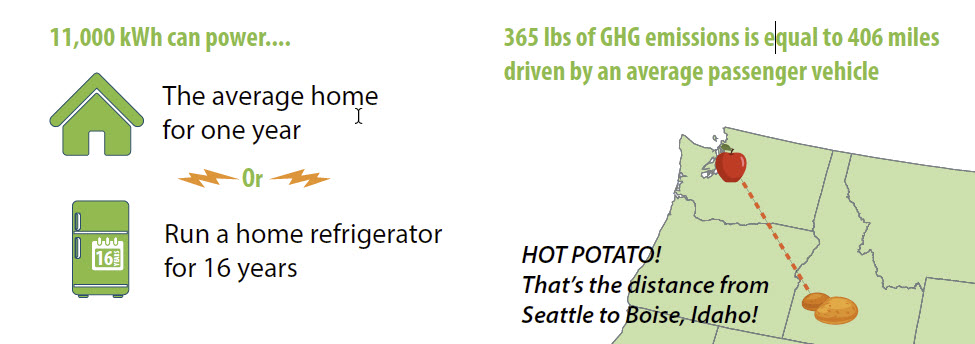
Thanks to plenty of sunny days, the solar array installation at Fishermen’s Terminal has been a bright spot in the Port's environmental plan.
Terrance Darby, Port of Seattle Energy and Sustainability Program Manager, said the 44 Washington sourced solar panels installed in December 2017 by A&R Solar during a roof replacement of Net Shed 5 are exceeding expectations.
- In the first seven months, the array produced 10,300 kilowatt hours (kWh), more than 50 percent higher than projected
- Earlier projections estimated that the panels would produce 11,000 kWh for the whole year
- The net shed takes 10,000 kWh per year to power, so the electricity produced renders Net Shed 5 “net zero,” with any remaining kilowatt hours produced distributed for other needs at Fishermen’s Terminal
- The array is also expected to reduce greenhouse gases by 365 pounds a year

The net sheds at Fishermen’s Terminal are used to house fishing nets and gear for North Pacific Fishing Fleet, an amenity that helps retain the fishermen as tenants. Fishermen’s Terminal Net Sheds 3, 4, 5, and 6 all needed new roofs, and using solar in the installation of one of the roofs seemed like the perfect smaller-scale pilot project to test solar and gather data to inform future solar panel installations. The Port is monitoring energy produced, greenhouse gas reduction, equipment design and installation, the impact of power generated on the terminal’s existing power grid, and the maintenance and upkeep requirements. This information will be applied to future solar projects at the Port’s larger facilities.
“We wanted to determine if solar implementation is an effective strategy for reducing our environmental footprint. We use projects like this to empower small businesses, partner with other public agencies, and develop environmental best practices in the region,” Darby said.
The use of solar panels aligns with the Port’s commitment to environmental stewardship and its goal of meeting all increased energy needs through conservation and renewable sources. Solar energy production may also serve as a cost-reduction strategy for the Port.
The Port’s environmental team and Information Communication Technology team are working to get a real-time display of solar data from the array that can be viewed at any time and will integrate with future solar projects. The Port is also looking into the solar feasibility of other port properties. Next up — a solar project at Pier 69 with 350 solar panels that’s slated for completion in December 2018. The panels are projected to produce four percent of the annual kWh consumption needed to power Pier 69 and will offset 1.5 metric tons of greenhouse gas emissions a year.
It's a great start, says Port Commissioner Fred Felleman. “As we explore innovative policies to guide the reduction of our carbon footprint, I am encouraged that this demonstration project could lead the way for additional solar project opportunities at the Port in the future.” For more information on other environmental initiatives, read Commissioner Felleman's blog post "Local Action on Electrification."






